Hurtigruten (The Express Route)
Thursday, 27th March 2014 by Ian Brown
Here at Google Sightseeing we love a chance to create a post about the scenic wonders of Norway1. Today we will explore the coastal regions visited by the historic Hurtigruten (The Express Route), a daily passenger and cargo service between Bergen and Kirkenes, operated by eleven distinctive white, red and black ships, including the MS Nordnorge, shown here in Bergen. Join us on the epic journey to the 34 ports served by Hurtigruten, looking at some of the scenic highlights, and seeing how many of the ships we can spot along the way, when Google's Street View car happened to be in a location at the same time while collecting extensive coverage of the country.
The eleven-day round trip covers around 4,800km (3,000 miles) and is hailed as one of the most spectacular sea cruises in the world, though it is a relatively recent tourist destination. For most of Hurtigruten's 120-year history, a number of small boats served only locals - providing access and freight services to previously isolated ports. Although air travel has made most of the country easily accessible, and despite tourists dominating the passenger lists on larger ships, many who live in the small coastal communities continue to rely on Hurtigruten's daily service.
On the south-west coast, Bergen - where the trip starts and ends - is the largest city served by Hurtigruten. Before boarding the ship, tourists can visit Bryggen, a quayside area of wooden buildings, some of which were built in the early 18th century and which are preserved as a UNESCO World Heritage Site.
The first Hurtigruten vessel, DS Vesterålen, carried only a few dozen passengers2, whereas the MS Nordnorge (shown at the top of this post) carries over 600 passengers and close to 50 cars. It is one example of the larger ships introduced in the past couple of decades to meet tourist demand, while continuing to provide services to residents in the many small communities on the route. Only two older ships remain in the fleet - 1964's MS Lofoten and 1983's MS Vesterålen. A number of cruise lines use massive vessels carrying thousands of passengers to visit the same areas, but their size means they are unable to dock in many places.
From Bergen, ships sail north along the coast, with gentle hills giving way to gradually more spectacular mountains and fjords. The journey continues across the Arctic Circle to the low-lying islands of the north coast and almost all the way to the Russian border. The first stop is in Florø, a fishing town of around 8,000 people. There's no sign of a Hurtigruten ship on Street View, but a couple of anchors near the port celebrate town's maritime heritage.
The next three stops are Måløy (with its streets stacked on the side of a hill), the tiny village of Torvik, and Ålesund (which is spread across seven islands).
During the summer months, Hurtigruten competes for space with around 150 cruise ships carrying several hundred thousand passengers visiting the tiny but incredibly beautiful village of Geiranger, which is home to a large troll!
The port is reached via a stunning fjord which is a UNESCO World Heritage Site - seen here from a precipitous mountain road beside some traditional turf-roofed houses.
By contrast, Hjørundfjord - sailed solely for the vistas - is secluded and peaceful; Hurtigruten claims that most cruise ships don't come here.
Then it's on to Molde, Kristiansund and Trondheim, where a Viking statue stares out to sea...
... Rørvik and Brønnøysund ...
... and Sandnessjøen, where we can see the MS Richard With, a 600 passenger vessel named for the founder of Hurtigruten which was launched in 1993 - 100 years after the captain's first voyage.
After stopping at Nesna, where we get a glimpse of the MS Polarlys, the route crosses the Arctic Circle before continuing to Ørnes ...
... and then Bodø, where we get a good look at the MS Kong Harald, another 600 passenger ship, built in the 1990s.
Next comes Stamsund, and then Svolvær ...
...then Stokmarknes - home to a Hurtigruten museum which includes a 1950s vessel named MS Finnmarken, one of several ships to bear the name.
The route continues to Sortland, Risøyhamn and Harstad...
... Finnsnes, Tromsø - home to the Arctic Cathedral, and Skjervøy ...
... Øksfjord - where we find a herd of elk on the edge of town, Hammerfest - where we get our last look at a Hurtigruten ship - the MS Polarlys again, and Havøysund.
Onward to the last few ports, which include Honningsvåg (the northernmost city on the mainland of Norway), Kjøllefjord and Mehamn ...
... Berlevåg - with its lovely round-steepled Church, Båtsfjord, and Vardø - with its controversial Globus II radar station on a hilltop above the town.
Then it's a short hop to Vadsø - which has a very distinctive Church, and finally to Kirkenes, about 10km (6 miles) from the Russian border and the last stop before ships start the return journey to Bergen.
If you're inspired to visit Norway after reading this, the Hurtigruten website has all the information you need.
-
See, for example, our posts about Svalbard, Stave Churches and Trollstigen. ↩︎
-
And only on part of the route. The full Bergen - Kirkenes route wasn't introduced until 1936. ↩︎
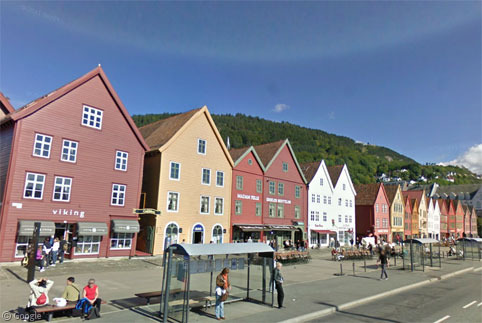
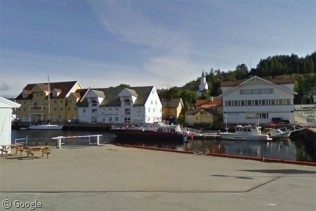
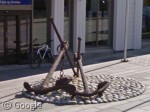
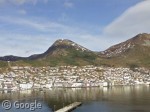
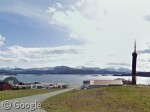
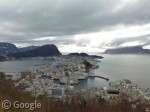
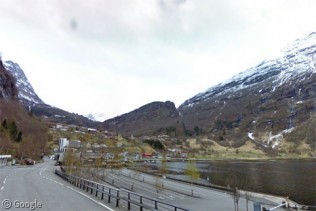
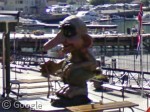
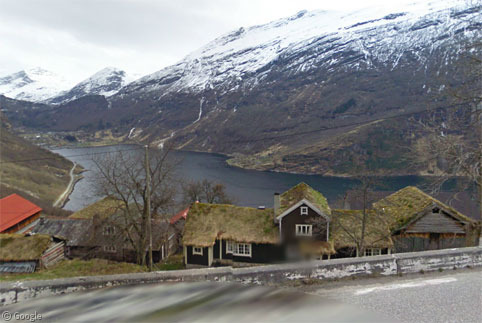
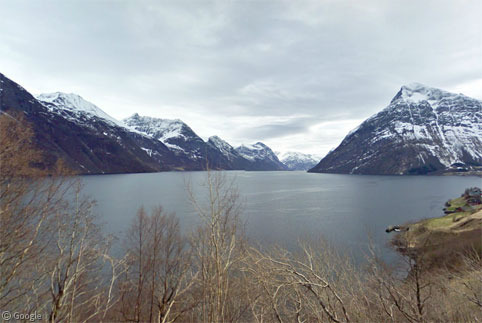
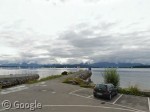
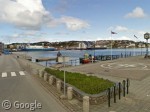
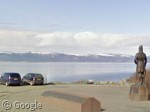
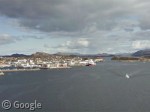
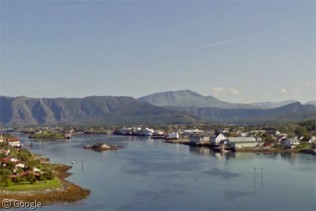
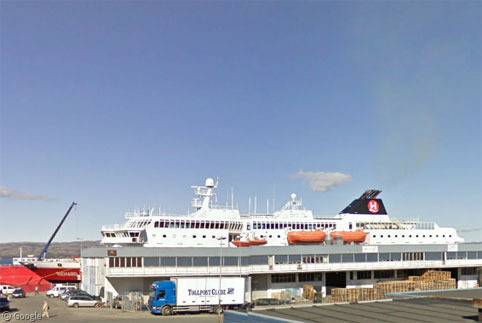
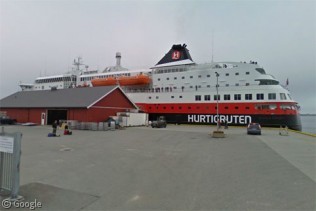
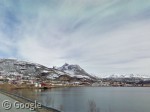
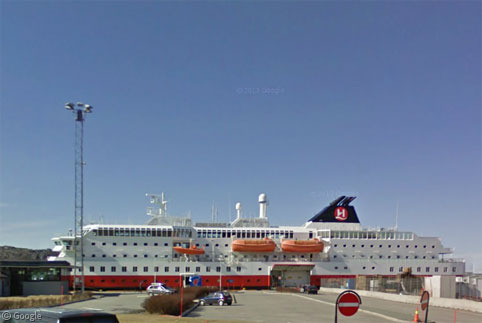
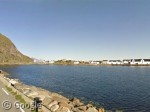
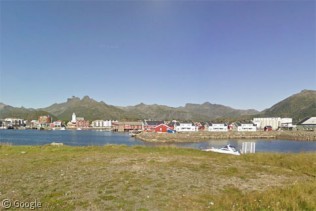
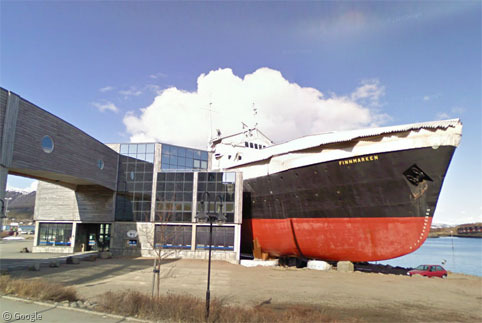
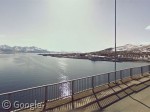
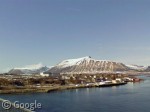
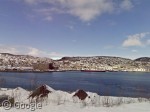
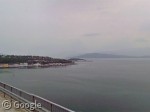
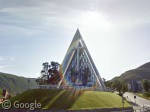
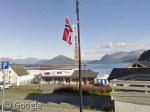

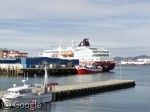
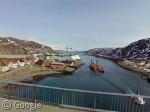
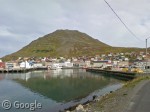
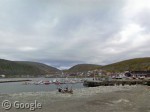
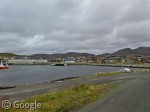
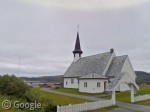
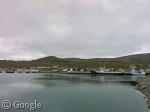
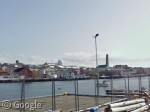
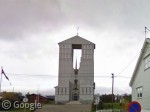
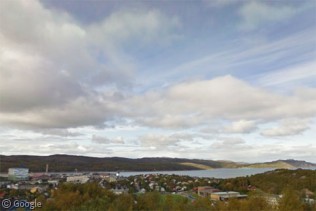
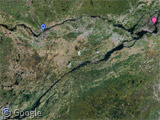
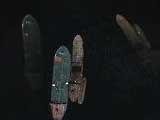
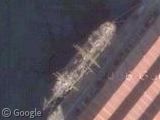
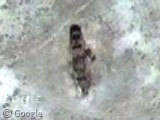
My grandparents went on the Hurtigruten in the 1970s, when it wasn’t really the proper cruise experience they had expected. But I would love to go on it some time. Closest I’ve managed is camping right by the side of a fjord in this spot:
https://www.google.com/maps/@67.350481,15.590235,3a,75y,144.46h,58.02t/data=!3m4!1e1!3m2!1sxZUHN_KfT05Po8tdmB2NZA!2e0
I’ve travelled to many places, but my partial trip (Tromso – Bergen) on the Hurtigruten about 22 years ago is one of my favourite journeys. I was on one of the older ships and had to go out on deck to get to/from my cabin, which even in mid-October meant I got a good taste of winter to wake me up each morning when I went in search of breakfast. A fire in the engine room left us stranded outside a port for a night or two, then everyone was transferred to one of the larger modern ships which wasn’t nearly so adventurous.